Jammu City is located in the state of Jammu and Kashmir and considered as the gateway to the beautiful valleys of Kashmir and Laddakh. Being the last conveniently accessible city before the hilly terrain of Himalayas and the last major city before the shrine of Mata Vaishno Devi, this city see a massive influx of tourist throughout the year. People from all corners of India come to this city every year. But the irony is that 90 % of them move out from the city without visiting any other place except railway station and the airport. Majority of these tourists are the people who wish to go to the shrine of Mata Vaishno Devi. They catch a bus or cab, straight from the railway station or the airport to Katra, the base of the holy shrine. Other group of people continue their journey towards Kashmir Valley, the heaven of India. But very few of them spend some hours in Jammu City to explore the fort, the temples, the palaces, the gardens etc scattered all around the city.
I too had bypassed Jammu City for at least 8 years. In those 8 years, I went there more than 10 times, but never visited anything except the famous Raghu Nath Temple. Although I was aware always that Jammu has lot more to offer as a tourist destination. The main reason of ignoring Jammu was the lack of time. We always visited Jammu with the intention to reach Vaishno Devi quickly and if there were any spare day, we preferred that to spent in Kangra rather than in Jammu and once we even went to Sri Nagar and Gulmarg.
But when I planned this trip in another year, I got a spare day to spent in Jammu City. We spent a full day in Jammu City and visited many places like Raghu Nath Temple, Peer Khoh Temple, Bahu Fort, Bawe Wali Mata Temple, Bagh-e-Bahu etc. We liked Bagh-e-Bahu, a Mughal Garden very much. This post is all about the scenic beauty and peaceful environment offered by the sprawling lawns, majestic fountains and beautiful flowers of Bagh-e-Bahu.
How to Reach Bagh-e-Bahu? Bagh-e-Bahu is located on the bank of Tawi River near the famous Bahu Fort. It is 4 kms away from the Jammu Tawi Railway Station and 9 kms. away from the Jammu Airport. Jammu is the largest rail-head of this part of India and connected by all the major cities on Indian Railway Network. Jammu Airport is connected primarily to Delhi and other Indian cities like Mumbai, Jaipur, Sri Nagar by the major airlines like Air India and Jet Lite as well as the other low cost airlines. Availability of cheap flight tickets make air travel a popular choice among the travelers, who want to travel on budget and have the shortage of time.
After reaching Jammu, there are two way to visit this garden: Either, Book an auto-rickshaw or cab outside the Railway Station or Airport, directly to Bagh-e-Bahu. Alternatively, Book a single day Jammu City Tour with any auto-rickshaw or taxi. It will also take you to all other interesting places of Jammu in a day.
We booked a single day tour with an auto-rickshaw driver outside Jammu Tawi Railway Station and paid Rs. 125 for the tour. The driver took us to Raghunath Temple, Peer Khoh Cave, two other temples before dropping us at the entrance of Bagh-e-Bahu.
Bagh-e-Bahu: The ticket window is just outside the gate and single visit cost is Rs. 5 per person. We entered through the main gate of the garden and came across a huge sign of BAGH-E-BAHU on a side, that is built by the plantation of small plants in the shape of those letters. There are series of beautiful flowers and small fountains on the other side of the walking path, once you entered in the garden.
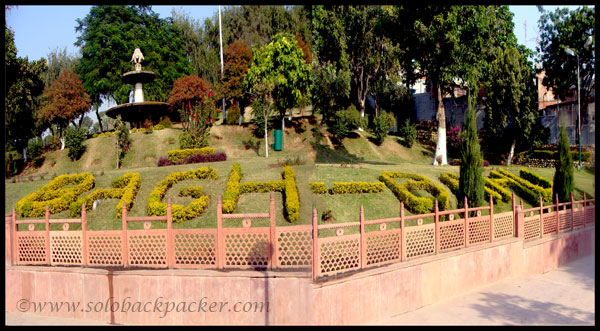
The garden is located on the bank of Tawi River in the lap of nature, away from the hustle and bustle of Jammu City. People from all walks of life find it a beautiful place to spend some time with the nature. So, there are young couples enjoying their relationships, school children playing some games, old people walking in the garden and tourists admiring this beautiful piece of Jammu.
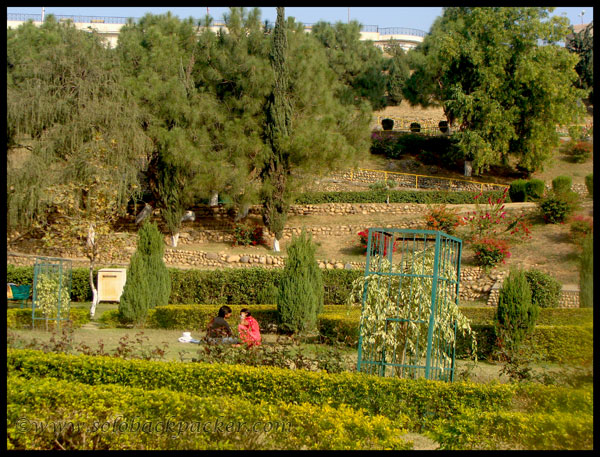
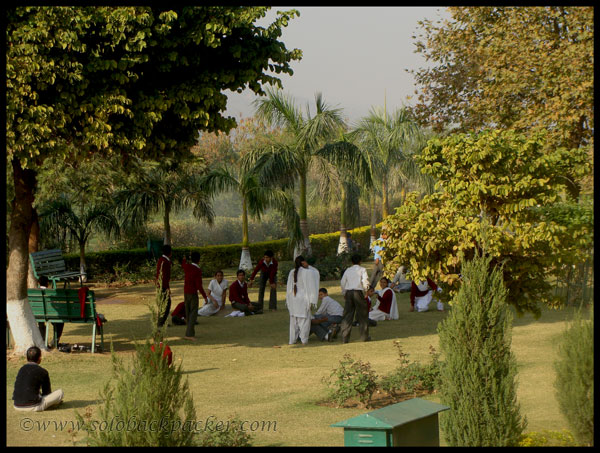
This terraced garden is full of the beautiful fountains. The good thing is that many of them are operational and bad thing is that some of them are unserviceable. Located at the various level, these fountains add a different color in the beauty of this garden.
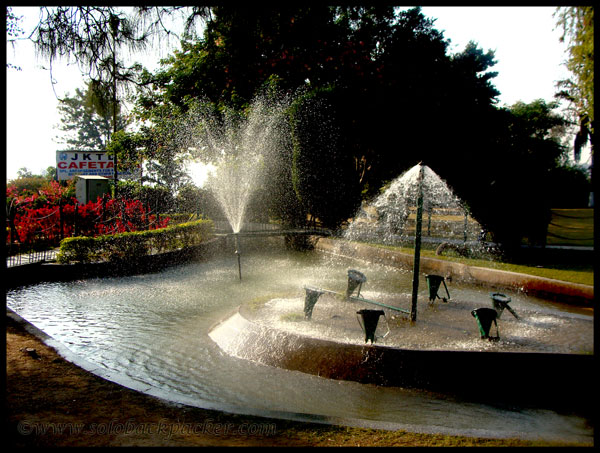
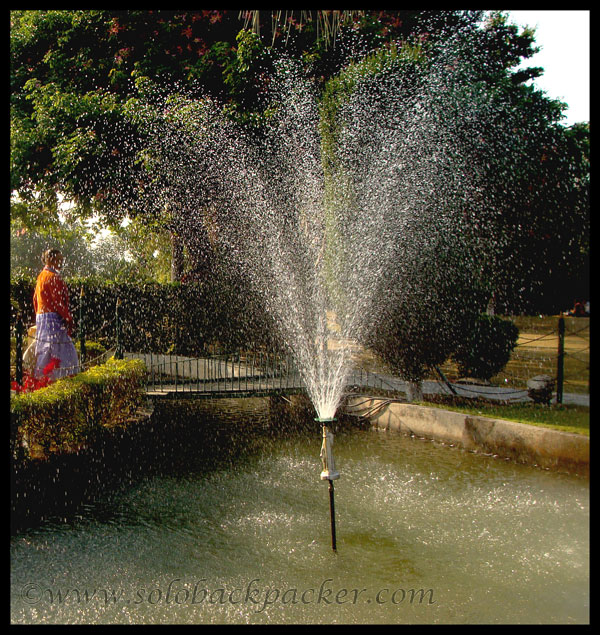

There is an area displaying various small stoned sculpture in a corner of the garden. These sculpture do not have any significance. They are there for the decoration purpose only, but they really look nice along the flowers and trees of the garden.
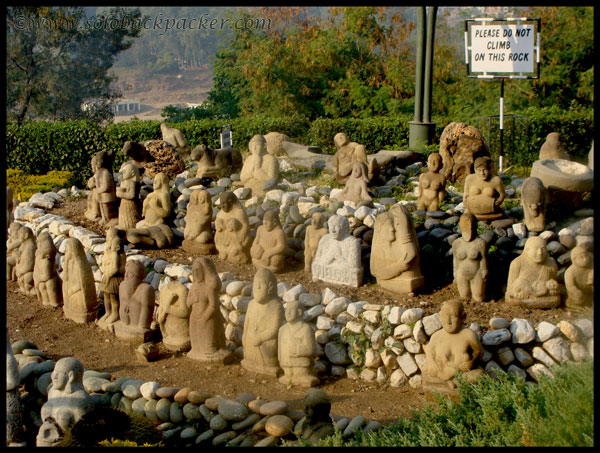
Moving further we reached to a group of terraced stairs with varieties of the tress on both the sides and a central water canal with the glittering waterfalls in the middle. Unfortunately, those glittering waterfalls were dry, but still from the top of the stairs, the whole area looks awesome.
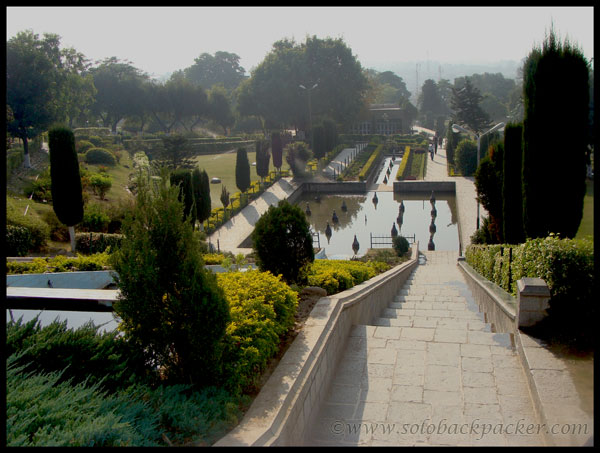
On the top of the garden, there is a huge artificial lake surrounded by sprawling lawns with green turf, stoned walkways and flower beds. From the top, adjacent Tawi river with its bridges and Jammu city on the other bank of the river offer a splendid view.
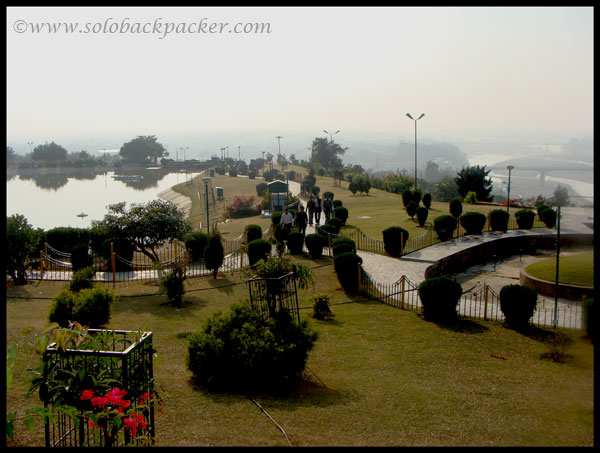
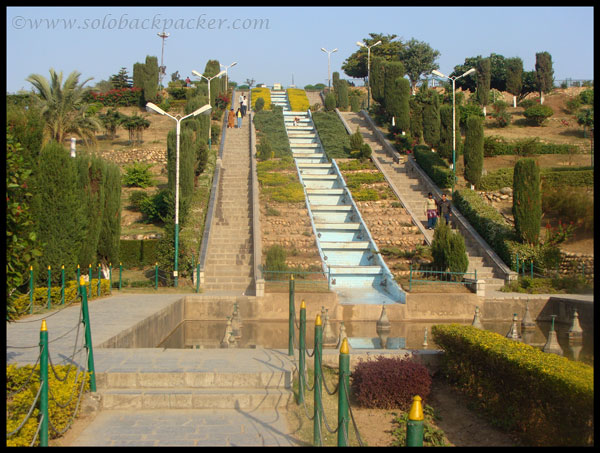
From the artificial lake a big fish shape structure is visible in a side. Welcome to the largest underground aquarium of India, that is a big center of attractions among the students as well as the tourists. With its 24 aquarium caves and 13 small caves holding freshwater fishes and marine water fishes this center is a worth visit. It also has a state-of-the-art equipment, a public gallery, museum, laboratory and a multimedia conference hall. The entrance is designed in the shape of the mouth of a fish and the exit in the shape of a fish tail. The aquarium houses a museum where 400 varieties of freshwater and marine fish are on display.
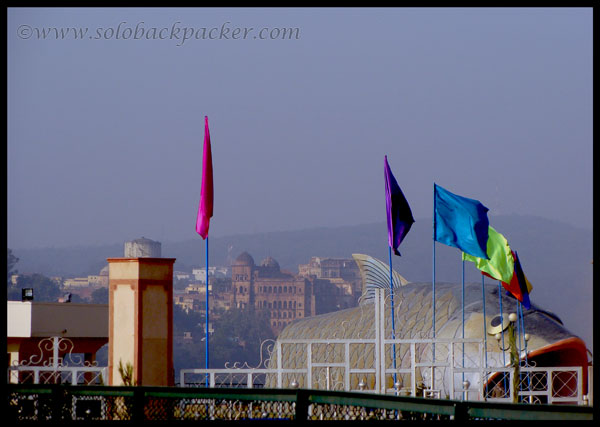
Bahu Fort: This Bagh-e-Bahu garden is built on the area around a relatively much older Bahu Fort. This fort is believed to be made by King Bahu Lochan, 3000 years ago. Much later, its extensive reconstruction was done by Dogra rulers of Jammu and they also built a mughal-styled garden. But modern days Bagh-e-Bahu was developed in 1980s. The fort is located at 1066 feet on the bank of Tawi river opposite to the old Jammu town. The fortified structure has thick walls made of sandstones built with lime and brick mortor.
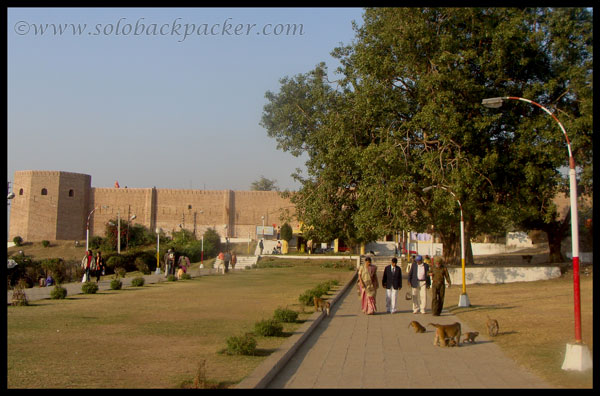
Bawe Wali Mata Temple:This is an ancient temple dedicated to the goddess Kali located within the fort. Goddess Kali is considered to be the presiding deity of Jammu and with whose blessings the town was established and prospered. This temple was constructed in the Bahu Fort in 1822 during the reign of Maharaja Gulab Singh. Tuesdays and Sundays are considered auspicious to visit this temple.
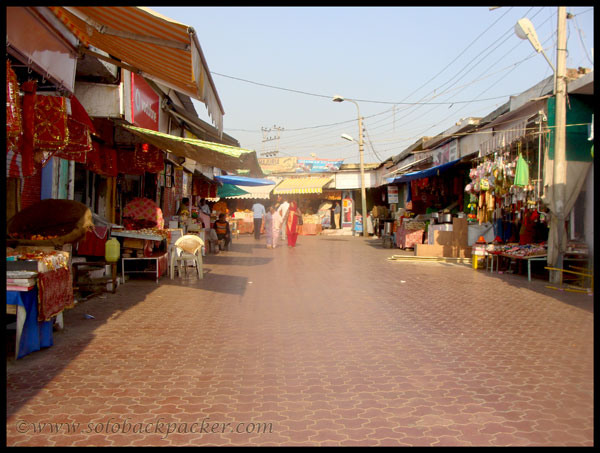
It took us 5-6 hours to visit the major attractions in this winter capital of Jammu and Kashmir state. In fact, Jammu City is also known as ” The City of Temples”. So next time if you are in Jammu, don’t rush to further north. Just give a try to this city and you will surely enjoy your day here.




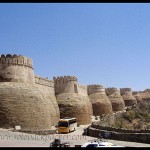
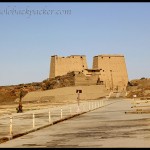
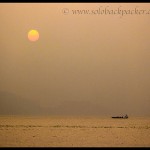

Very important information about this park. Thanks for sharing helpful information.
Neelesh kanaujia
Farrukhabad
great ………………iam also from jammu , akhnoor, jourian
very nice and elaborate information provided. your work is inspirational for us too. deserves big thanks. prahladkothari
Very beautiful garden and equally good post on this..keep it up.
Thanks for your grateful informations, am working in Tourism Portal so it will be helpful info for my works.
THANK YOU VERY MUCH FOR YOUR VALUABLE INFORMATION